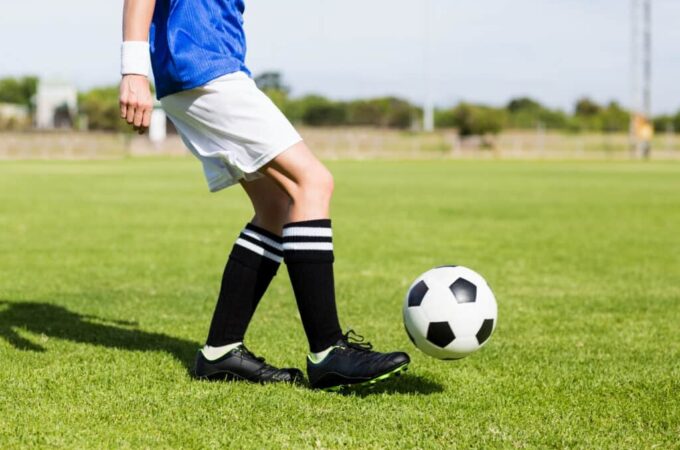
3 Ways Athletes Are at Greater Risk for Bulimia Nervosa
Bulimia nervosa, an eating disorder often requiring specialized treatment is among the most common forms of eating disorder in the United States. With an average age of onset of 18, bulimia nervosa affects about 1.2% of the population, which sounds like a small number but actually numbers in the millions. Bulimia nervosa can have severe health risks that necessitate an eating disorder treatment program. According to psychiatric professionals, here are the main symptoms of this oft-dangerous disorder:
- A cycle of binge eating episodes, usually performed in secret, which causes intense feelings of guilt about the eating
- Purging the food eaten in the binge eating episodes (and sometimes after regular meals as well) – the most famous of which self-induced vomiting
- Laxative or diuretic abuse or extreme exercising might also be purging behaviors
- Body dysmorphia, in which the individual sees imaginary flaws in their body or appearance, falsely believes they are overweight, and/or has negative feelings about their body or weight
- A compulsion to engage in these behaviors and a feeling of losing control over their behaviors
Athletes Might Be at a Higher Risk of Developing an Eating Disorder
1. Weight restrictions
Many popular sports and athletic activities are separated into weight classes. These can include martial arts and boxing, wrestling, and swimming.Relatedly, one agreed-upon causative factor in most eating disorders is the belief of being overweight or “fat” even when evidence proves otherwise.
This makes adolescent athletes in these sports prone to even more than usual focusing on their weight. Intense focus on losing or maintaining a certain weight can cause the athlete to take more and more extreme measures to keep the weight off, like purging, dieting, and fasting. Dieting and fasting can also ensure they are always hungry, which can trigger binge eating episodes.
2. Revealing uniforms and exposing the body in public

It’ not only sports like wrestling that require participants to wear skintight or otherwise revealing clothes or uniforms.Body dysmorphia, which most people with bulimia nervosa struggle with, carries as a component a sense that the body is flawed, however, distorted that reception is. Certain sports, like swimming or diving, obviously necessitate wearing a swimsuit, but other sports often also require uniforms that expose the body. These include running and cross-country, volleyball, soccer, and gymnastics.
Feelings of shame about their body can be wildly exacerbated by having to wear revealing uniforms. While being shy about wearing a bathing suit or ballerina’s tutu in public is not a sign of an eating disorder, over time and with the stresses of “making weight” influencing their behavior, they can contribute to one. As a stress response, the individual might start to binge eat, which releases “feel-good” brain chemicals like dopamine. And then, the feelings of guilt surrounding the binging behaviors can result in subsequent purging behaviors.
3. Excessive or compulsive exercise

People with bulimia nervosa, as we mentioned earlier, find ways to purge caloric intake after binge eating episodes or meals. However, this is not always in the form of vomiting or abuse of medicines. In many cases, purging might be through excessive exercise.
The reason this is dangerous for athletes is that they generally already push their bodies close to their physical limits as part of their training. When combined with the stress on aerobic exercise in many sports, especially long-distance running, bicycling, and swimming, this can cause long-term stress and injury on the athlete’s body. Participation in an activity like these also provides an “excuse” for excessive workouts, which ties into evasive behavior commonly observed during eating disorder recovery.
Keep an Eye Out for Risk Factors in Adolescent Athletes
Bulimia nervosa has a rate of about 1.2 percent in the United States. This figure may be underreported. However, among athletes, that rate increases to almost 33 percent. The stressors cause by weight restrictions, insistence on revealing uniforms, and hyper-focus on exercise can all contribute to the development of an eating disorder like bulimia nervosa. That’s why the loved ones of athletes, especially those in their late teens and early 20s, should always keep an eye out for the warning signs of oncoming bulimia nervosa in adolescent athletes, and reach out for help from a quality eating disorder recovery center sooner rather than later.




